Palmerar d'Elx
( Palmeral of Elche )The Palmeral or Palm Grove of Elche (Spanish: Palmeral de Elche; Valencian: Palmerar d'Elx) is the generic name for a system of date palm orchards in the city of Elche, Spain.
The Palmeral was planted in Roman times and underwent modifications in the medieval period under Islamic and Christian rulers. The Roman empire introduced water management techniques to Elche, but the 10th c. Islamic Caliphate of Córdoba and later rulers of Al-Andalus planted palm groves and garden-estates in huertos (rectangular base agricultural units). Islamic rulers also constructed the largest canal system sections in Elche. In the 13th century Christian rulers conquered Elche and expanded the canal system. Industrialization and urban sprawl contracted the Palmeral in the late 19th and 20th century. The Spanish national government and Valencian regional government enacted legislation to protect the Palm Grove. In 2000, UNESCO designated the Palmeral a Wo...Read more
The Palmeral or Palm Grove of Elche (Spanish: Palmeral de Elche; Valencian: Palmerar d'Elx) is the generic name for a system of date palm orchards in the city of Elche, Spain.
The Palmeral was planted in Roman times and underwent modifications in the medieval period under Islamic and Christian rulers. The Roman empire introduced water management techniques to Elche, but the 10th c. Islamic Caliphate of Córdoba and later rulers of Al-Andalus planted palm groves and garden-estates in huertos (rectangular base agricultural units). Islamic rulers also constructed the largest canal system sections in Elche. In the 13th century Christian rulers conquered Elche and expanded the canal system. Industrialization and urban sprawl contracted the Palmeral in the late 19th and 20th century. The Spanish national government and Valencian regional government enacted legislation to protect the Palm Grove. In 2000, UNESCO designated the Palmeral a World Heritage Site, but climate change, pests, and disease threaten the site. The Palmeral includes a National Artistic Garden, Palm Grove Museum, Route of El Palmeral, and Municipal Park.
In the 5th century BCE, Carthaginian settlers in the town of Ilici planted the first date palms of Elche.[1] After Rome’s conquest of the Iberian peninsula in the 2nd century BCE, Roman settlers introduced the first elaborate forms of agricultural water management.[2] To irrigate their cereal and olive tree crop fields, the Romans constructed a dam at the Vinalopó River bed in the mountains north of Elche. Aqueducts then channeled the dam water to Elche.
Córdoba Caliphate and Al-Andalus Environmental EngineeringIn the 10th century CE, the Caliphate of Córdoba moved the city of Elche seven km away from Ilici to its present location. The Caliphate from the 7th to 10th century expanded the irrigation system into a complicated canal system centered on the Vinalopó river.[3] The rulers applied North African water management techniques to create an oasis in an arid environment.[4] Faced with scarce rainfall, irregular river flow, and brackish water from the Vinalopó river, the Caliphate in the second half of the tenth century planted palm groves.[5] The palm trees prevented soil erosion, decreased water evaporation, provided shade, and protected crops from wind. The Caliphate divided the groves into huertos (rectangular base agricultural unit, Spanish for orchard) forming huertas (groups of huertos).[6] Palm trees were planted in a grid pattern with single or double rows along the rectangular huerto edges.[7] The palm trees enhanced agricultural production in an arid region with summer temperatures consistently above 30 °C and annual rainfall below 250 mm (9.8 in).[8] Forage plants, cereals (i.e., corn, wheat, barley, alfafa), and medium-sized trees (i.e., pomegranates) were planted inside the huerto for human and livestock consumption.[8] The palm groves also provided construction material for wood, fibers (i.e., baskets, thatched house roofing), and ornamentation. Huertas were bounded by cascabots (fences of plaited dried palm leaves) or 1–2 m high plastered walls of undressed stone.[9] In addition to agriculture, tenants planted elaborate gardens.[10]
Elche residents prized gardens and orchards as respites from the arid conditions, offering an oasis of scents, sounds, touch, and visual beauty. In the Islamic period, gardens symbolized paradise.[11] A strong literary tradition presented gardens as metaphors for love, loss, memory and the passing of time.[12] The “desert castles” garden-estate concept first entered the Iberian peninsula in the 8th century CE when Umayyad amīr Abd al-Rahman I fled from Syria to Córdoba, Spain.[13] Under the Caliphate of Córdoba, the garden-estate tradition percolated into Toledo, Seville, Granada, and Elche. After the fall of the Umayyad dynasty, later rulers of Al-Andalus continued the garden-estate tradition. Elche residents planted linear walled gardens in which water channels established symmetrical plots, irrigating rectangular landscapes of fruit trees, flowers, vegetation, and often walkways flanked the sides.[13]
Canal SystemThe Caliphate of Córdoba constructed a comprehensive canal system for urban consumption, industrial production, and crop irrigation. Islamic rulers regarded water as a social good and designed the canal system to maximize water conservation.[14] With over 20 branches, the main canal Acequia Mayor channeled the brackish water from the Vinalopó River through secondary channels and partidores to crop fields.[15] Upon reaching partidores north of Elche, the water flow split into the partidor de Albinella and the partidor de Marchena. The partidor de Albinella diverted water into Elche for urban consumption and industrial production. The partidor supplied small industries (i.e., oil and soap producers), bathhouses, and local markets.[16] The partidor de Marchena within the Acequia Marchena channeled water to the right side of the Vinalopó River. The Acequia Mayor on the left side of the Vinalopó River stretched south across Elche to the crop fields.[16] Elche residents cultivated crop fields for human and livestock consumption as well as sale in local markets.[17] The Acequia Mayor ended at a partidor channeling excess flow into two reservoirs. The canal system was maintained under Islamic rule until the Christian Reconquista.
 Partidore from the Elche canal systemChristian Kingdoms
Redistribution of the Canal System
Partidore from the Elche canal systemChristian Kingdoms
Redistribution of the Canal System
In the 13th century, Christian rulers conquered the city of Elche from Al-Andalus. The Christian rulers claimed the canal network and redistributed its sections between Elche’s Christian and Muslim residents. All lands left of the river, called the Huerta Major or Huerta de los Cristianos, belonged to the Christian tenants.[18] The Christian canal system contained nine irrigation parts from the Acequia Mayor. All lands right of the Vinalopó River, known as the Huerta de los Moros, belonged to the Muslim occupants.[18] The partidores, constructed from wood and stone, were redeployed within different irrigation system sections. After redistributing water rights, the Christian rulers expanded the canal system. In the main canal, partidores shifted the current flow to secondary canals.[18] The secondary canals channeled one water part to the Albinella for Elche urban consumption, two parts for the Séquia de Marchena and 25 parts for the Acequia Mayor. In the 14th century, the Christian tenants constructed water mills on the main canal for flour production.[19] The water mills disappeared in the 20th century due to the introduction of electricity to Elche. The Christian residents also introduced palm weaving. The locals wove desiccated “white palms” for decorative and processional use on Palm Sunday.[20] The palm weaving tradition and Palm Sunday parade continues in Elche today.
Canal System ExpansionsIn the 16th century, rapid population expansion paired with Elche’s arid environment prompted canal expansion. In 1529, Elche officials constructed the Contraséquia section to prevent Vinalopó river flooding and irrigate crop fields with the excess flow.[21] The canal extension distributed water to a reservoir north of the town then south to the Séquia Major for crop irrigation. From 1632 to 1646, Elche residents built a dam to reinforce the Contraséquia.[21] The dam stored and channeled any excess drainage from the nearby Tarafa stream into the canal network. Frequent reservoir clogging and elevated salinity levels from evaporation limited the dam’s impact. As the canal network expanded, so too did the need for water administration. The Libro Major and Libro Chico water books recorded rights and dates for water distribution in tanda (irrigation round) or 37.5 day sessions.[22] Every landowner received water at a specified time and water part. The irrigation system distributed water in a two-ring system composed of huerto water and dula water.[22] The first ring contained huerto water for urban consumption and palm groves within Elche. The second ring comprised dula water for crop irrigation outside Elche city limits. Greater irrigation distance resulted in stricter standards for dula water. The tandas and ring system lost function in the 20th century. As Elche industrialized in the late 19th and 20th century, the canal system and palm grove production declined.
IndustrializationUrban sprawl on the eastern part of the city encroach on the palm groves today. Beginning in 1884, railways sectioned off huertas from uninterrupted fields into isolated plots.[23] In the 20th century, industrialization and urban sprawl led to the abandonment of many huertas. Industrialization supplanted agricultural production economically, reducing palm groves to a cultural and landscape role. By the second half of the 20th century, date harvesting (which still occurs between November and December) and "white palm" production became heritage activities reserved for the local marketplace.[20] Limited land availability for the expanding footwear industry and a rising urban population resulted in the government seizing many huertas.[24] Housing, social infrastructure, and parks were erected atop former huertas. As industrialization reduced palm production to a minor economic role, the Palmeral contracted in size.[20] Legislative action by the Spanish national government and Valencian regional government preserved the site.




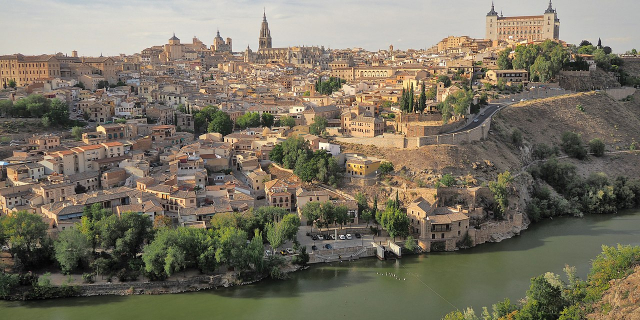





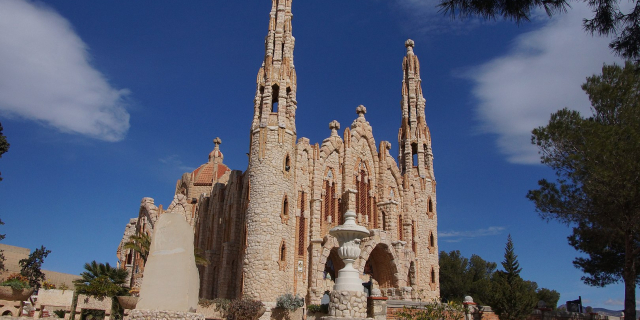

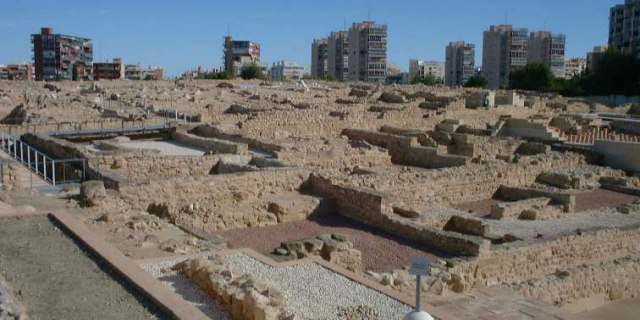



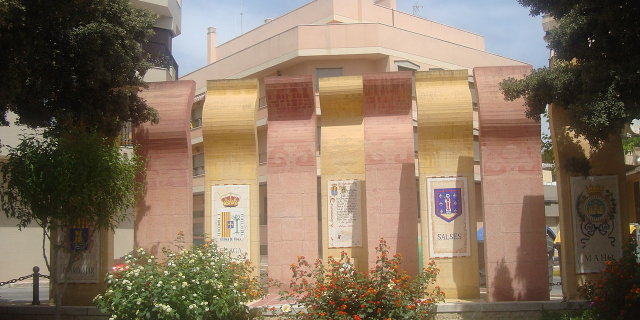

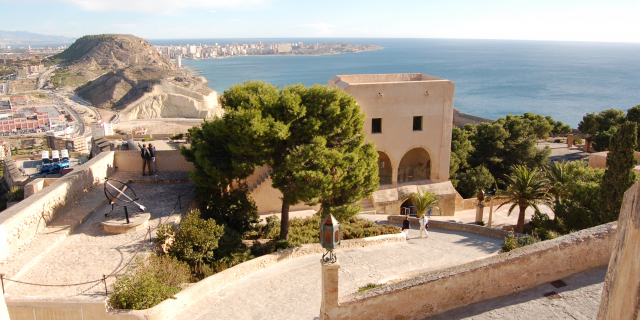

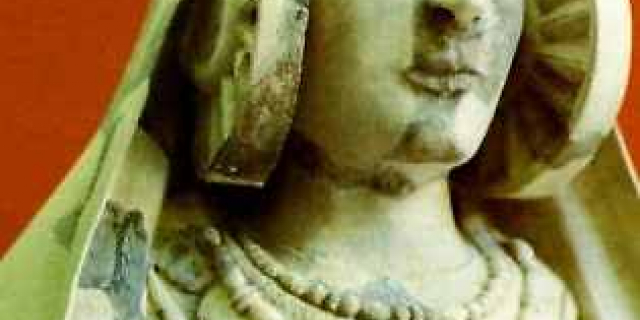
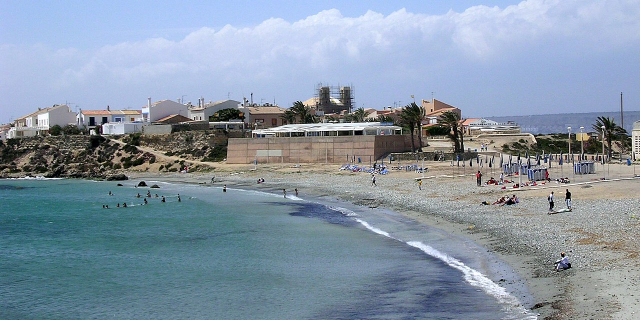

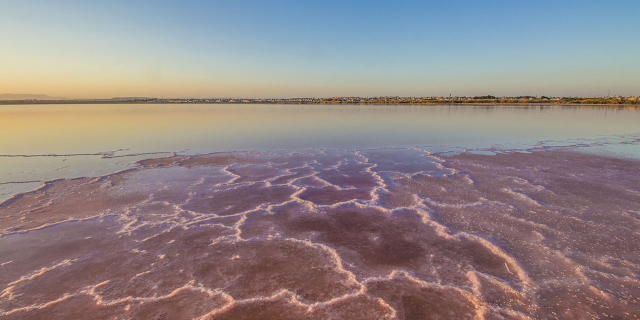

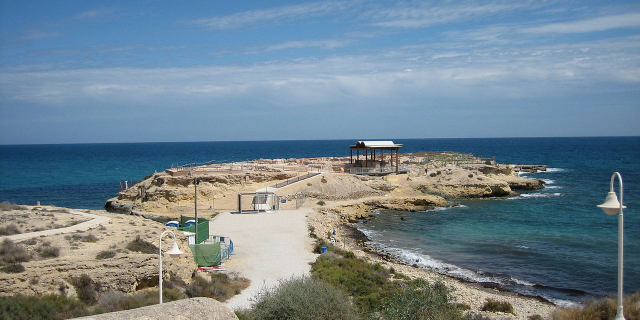
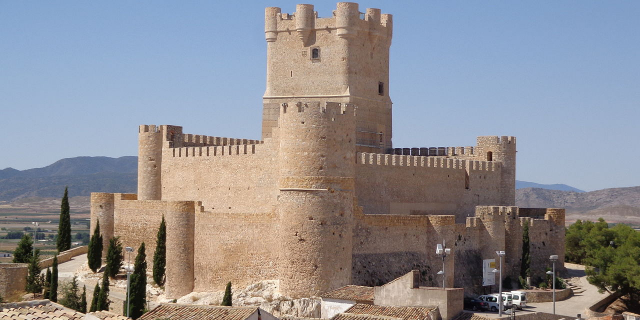
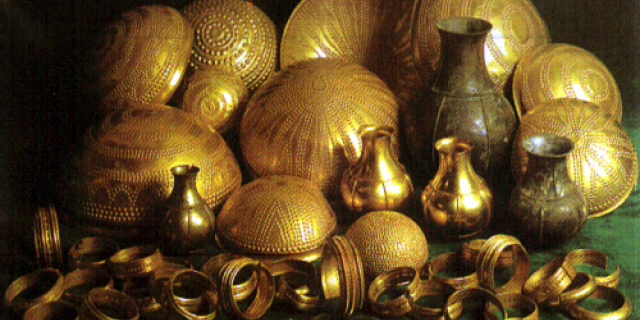

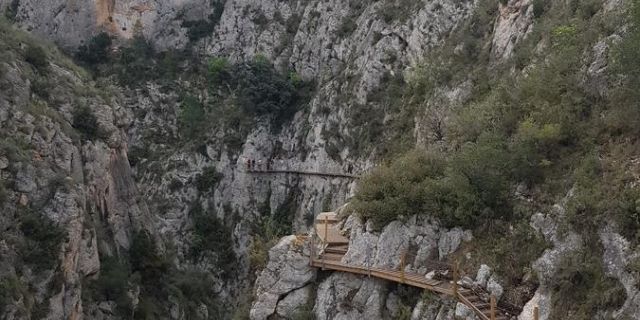



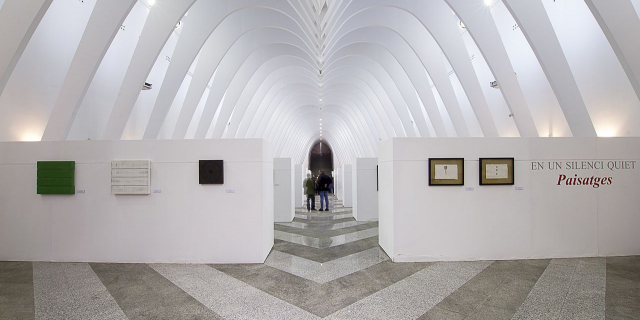
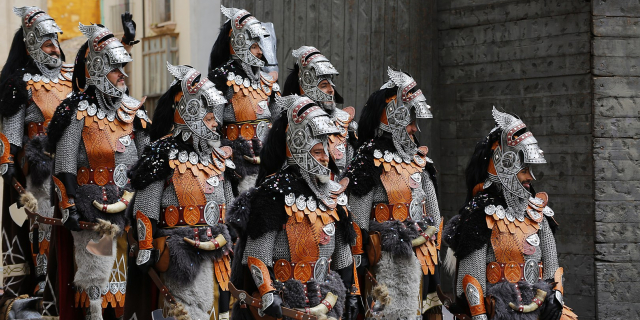

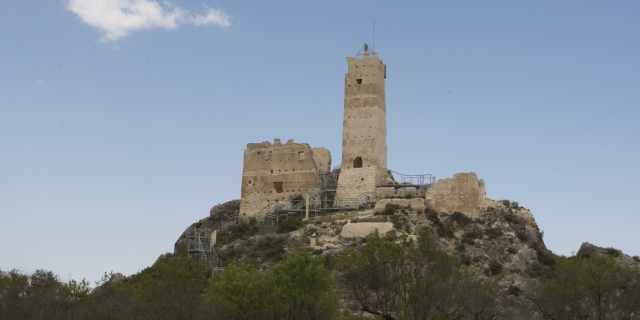
Add new comment